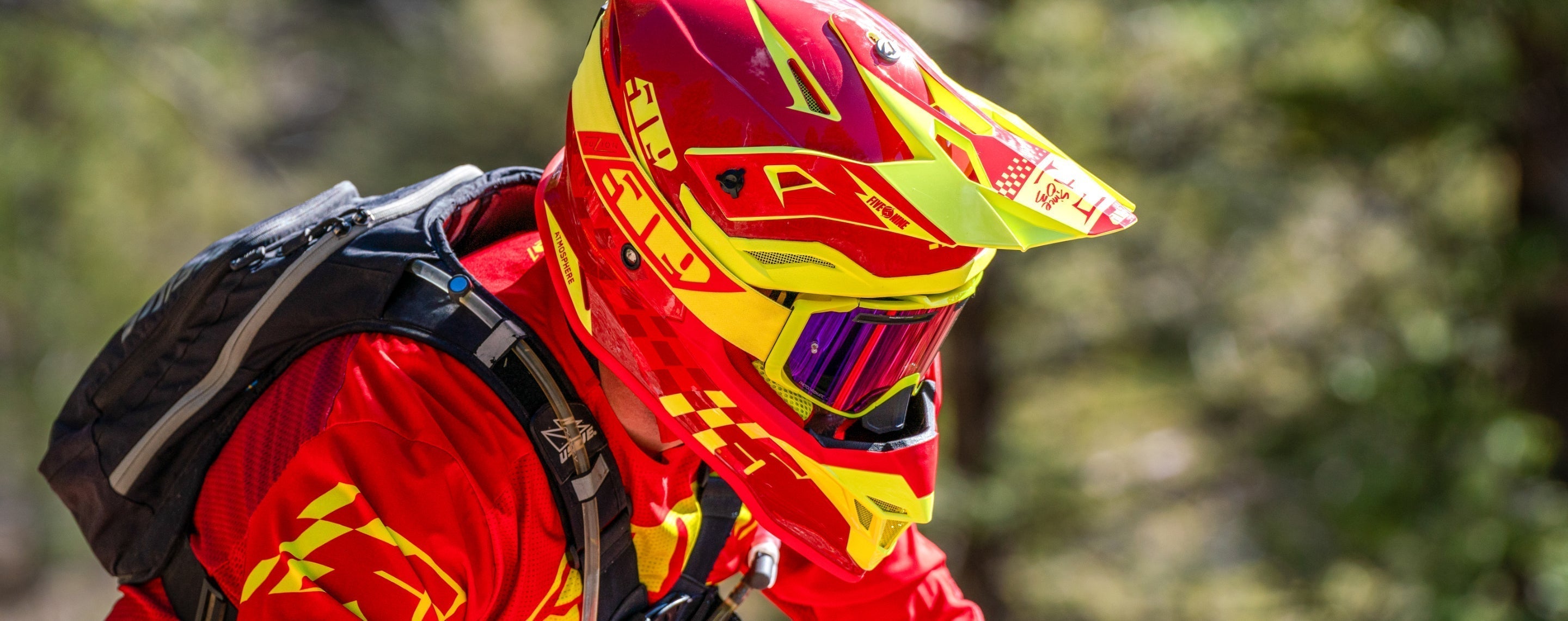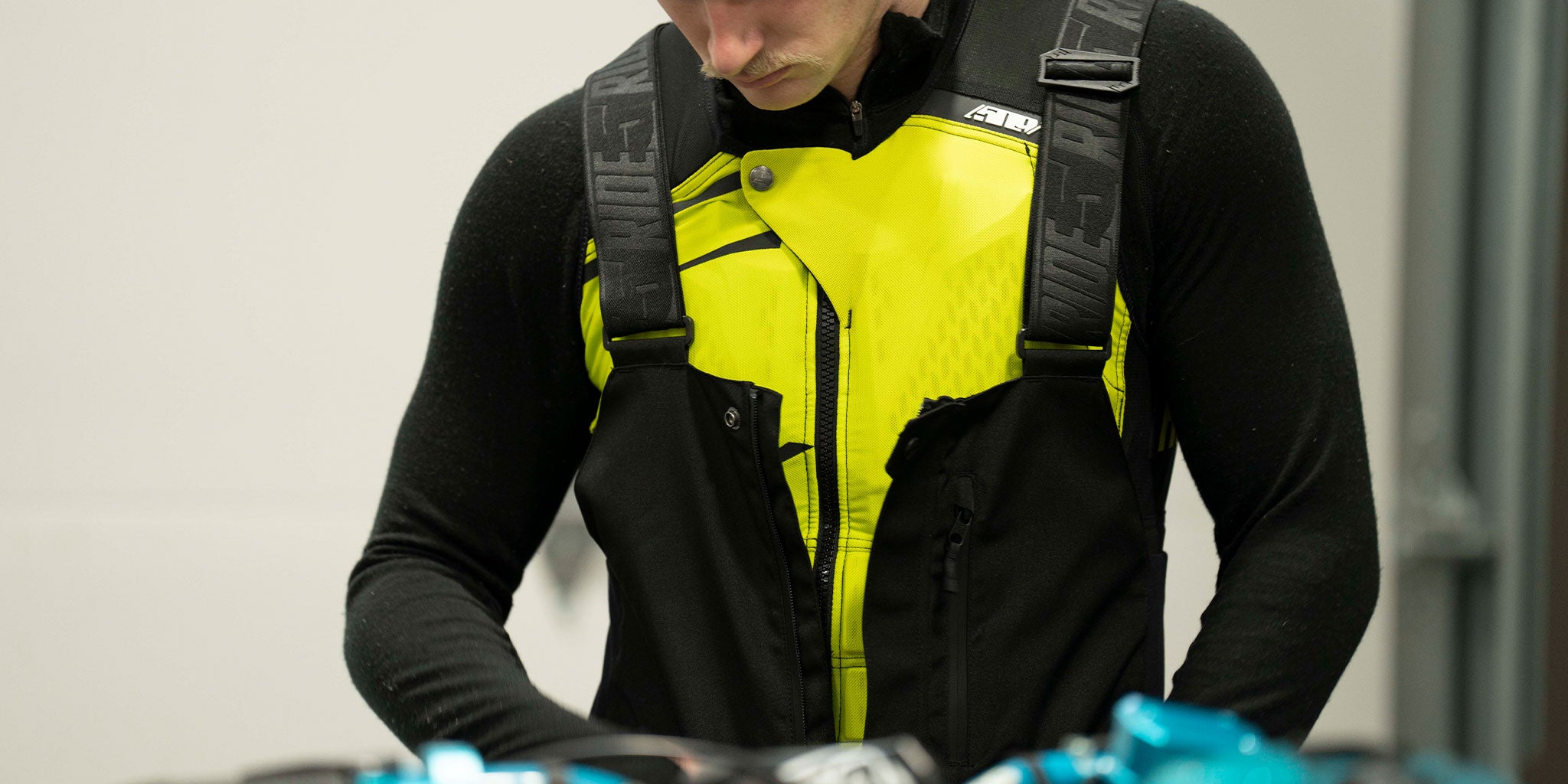
What is the difference between GoreTex and SympaTex?
When it comes to outdoor gear and apparel, waterproofing and breathability are paramount. Two prominent brands that have made significant contributions to the industry are Gore-Tex and Sympatex. Both manufacturers are known for their high-performance waterproof breathable fabrics, but what sets them apart? Let's delve into the key differences between Gore-Tex and Sympatex.
Gore-Tex, a household name in the outdoor industry, has been synonymous with waterproofing and breathability since its inception in 1976. Developed by W.L. Gore & Associates, Gore-Tex fabric is constructed using a unique membrane technology. This microporous membrane contains millions of microscopic pores that are smaller than water droplets but larger than moisture vapor molecules. This clever design allows perspiration to escape while preventing water from entering, making it ideal for activities in wet conditions.
Sympatex, on the other hand, is a German company that has been producing waterproof breathable fabrics since 1986. Their fabric is also built on a membrane technology, but with some notable differences. Sympatex employs a hydrophilic, non-porous membrane that relies on the movement of water vapor molecules rather than the size of the pores. The membrane absorbs moisture and transfers it through a concentration gradient, effectively releasing it to the outside environment. This mechanism ensures that the wearer stays dry and comfortable during exertion.
For more information about Sympatex visit the article: What is Sympatex?
One of the significant distinctions between Gore-Tex and Sympatex lies in their production processes. Gore-Tex fabrics are manufactured through a proprietary process called expanded polytetrafluoroethylene (ePTFE) membrane lamination. This involves bonding the Gore-Tex membrane to a variety of face fabrics, depending on the intended use of the final product. Sympatex, on the other hand, employs a lamination technique that combines their hydrophilic membrane with various face fabrics to create their waterproof breathable fabrics.
Here are some reasons why some people may prefer Sympatex over Gore-Tex:
- Environmental Sustainability: Sympatex has made a strong commitment to sustainability. Their manufacturing process utilizes eco-friendly materials and avoids the use of harmful substances like PFCs. Sympatex fabrics are also bluesign® approved, which signifies adherence to stringent environmental standards. If minimizing environmental impact is a priority for you, Sympatex may align more closely with your values.
- Moisture Management: Sympatex employs a hydrophilic membrane that absorbs moisture and transports it through a concentration gradient, effectively removing perspiration from the body. This mechanism can provide enhanced comfort during intense physical activity by facilitating better moisture management.
- Breathability: While both Gore-Tex and Sympatex offer excellent breathability, some users find that Sympatex fabrics have a slight edge in terms of moisture vapor transmission. This attribute may be particularly beneficial for activities that involve high exertion levels or in humid conditions.
In summary, Gore-Tex and Sympatex are two distinct brands that excel in producing high-performance waterproof breathable fabrics. Gore-Tex relies on an ePTFE membrane technology, emphasizing durability and longevity, while Sympatex utilizes a hydrophilic membrane and prioritizes environmental sustainability. Both brands have their unique strengths and have cemented their positions in the outdoor industry, offering consumers a variety of options to stay dry, comfortable, and protected from the elements.



